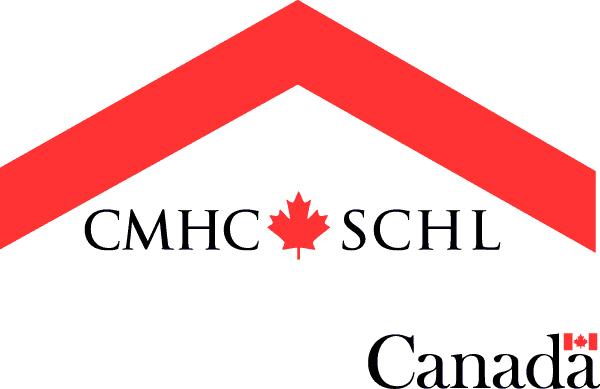If you are
investing in Real Estate, chances are you have to ensure your mortgages with
CMHC from time to time.
On June
27, CMHC issued new guidelines for calculating debt ratios and confirming income
documents. These new guidelines will clarify that, and they become
effective on CMHC-insured mortgages on December 31, 2013. (In practice, many
lenders already apply them.)
These standards will apply to all insured 1-4 unit
residential mortgages, regardless of the loan-to-value ratio. Uninsured (conventional)
mortgages are allowed different policies, but most lenders will use the same
rules for all their approvals.
Here are some of CMHC's newly minted insured
mortgage “clarifications”:
- For
variable income: Lenders
must use “an amount not exceeding the average income of the past two
years.” Variable refers to things like bonuses, tips, seasonal employment
and investment income.
- For
rental income:
If a borrower owns other non-owner occupied rental properties, the
principal, interest, property taxes and heat (P.I.T.H.) on those
properties must either be:
- deducted
from gross rent revenue to establish net rental income; or
- included
in ‘other debt obligations’ when the Total Debt Service (TDS) ratio is
being calculated.
- For
guarantor income: A guarantor’s income must not be used in GDS/TDS ratios
“unless the guarantor…occupies the home and is the spouse or common-law
partner of the borrower.”
- Unsecured
credit lines & credit cards: For these debts, “No less than 3% of the
outstanding balance” must be included in monthly debt payments.
Interest-only payments are no longer considered on credit lines.
Furthermore, lenders must assess the borrower’s credit history and
borrowing behaviour when determining the amount of revolving credit that
should be accounted for in debt ratios.
- Secured
lines of credit:
Lenders must factor in “the equivalent” of a payment that's based on “the
outstanding balance amortized over 25 years.” That payment must use the
contract rate (of the LOC) or the 5-year Benchmark rate (V121764)
published by Bank of Canada (if the contract rate is unknown). Again, interest-only
payments are no longer allowed for debt ratio calculation purposes.
- Heating
costs:
Lenders must now obtain the “actual heating cost records” of a property.
When no such history is available, the heat expense used in debt
ratio calculations “must be a reasonable estimate taking into
consideration factors such as property size, location and/or type of
heating system.” That’s why some lenders have now moved to a set heating
cost formula, like:
(square footage x $0.75) / 12 months
Compared to past methods (which entailed flat
heating costs, like $100/month), the new guidelines can double or triple the
heating cost that must be factored into debt ratios on larger properties, and
reduce it on smaller ones.
It’s important to repeat that most of these
policies are already being followed by most lenders. But there are exceptions.
Those exception-case lenders are commonly viewed as
go-to sources when borrowers have tight debt ratios. These new guidelines are
designed to minimize those “loopholes.”
All of this has come about, in part, because of
Ottawa’s rule changes last July. At that time, the government fixed the maximum
Gross Debt Service and Total Debt Service ratios for insured mortgages at 39%
and 44% respectively.

Nice Post!!
ReplyDeleteI am very thankful to Jaideep Puri Realtor agents who gives me detailed knowledge regarding how to buy or sell homes at an affordable price in Canada Country. Jd Puri agents are very helpful and cooperative. They help in buying homes according to your budget.